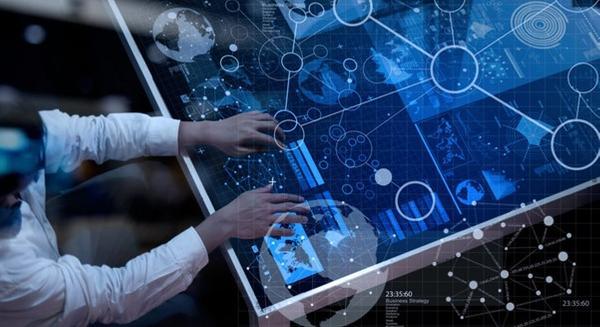What can a Digital Twin do for you? (Guest blog by CACI)

Meaningfully improving your organisation’s operations sometimes requires more than just tinkering: it can require substantial change to bring everything up to scratch. But the risks of getting it wrong, especially for mission critical solutions depended on by multiple parties, frequently turn decision makers off. What if you could trial that change, with reliable predictions and the potential to model different scenarios, before pushing the button?
CACI’s Digital Twin offers just that capability. Based on an idea that’s breaking new ground from businesses like BMW to government agencies like NASA, it gives decision makers a highly accurate view into the future. Working as a real-time digital counterpart of any system, it can be used to simulate potential situations on the current set up, or model the impact of future alterations.
Producing realistic data (that’s been shown to match the effects of actual decisions once they’ve been undertaken), this technology massively reduces risk across an organisation. Scenario planning is accelerated, with enhanced complexity, resulting in better alignment between decision makers.
What are Digital Twins doing right now?
From physical assets like wind turbines and water distribution, Digital Twins are now being broadly used for business operations, and federated to tackle larger problems, like the control of a ‘smart city’. They’re also being used for micro-instances of highly risky situations, allowing surgeons to practice heart surgery, and to build quicker, more effective prototypes of fighter jets.
Recently, Anglo American used this technology to create a twin of its Quellaveco mine; ‘digital mining specialists can perform predictive tests that help reduce safety risks, optimise the use of resources and improve the performance of production equipment’. Interest is increasingly growing in this tech’s potential use within retail, where instability from both supply and demand sides have been causing havoc since the pandemic.
This technology allows such businesses to take control of their resources, systems and physical spaces, while trialling the impact of future situations before they come to pass. In a world where instability is the new norm, Digital Twins supersede reliance on historical data. They also allow better insight and analysis into current processes for quicker improvements, and overall give an unparalleled level of transparency.

Where does MooD come in?
MooD is CACI’s proprietary data visualisation software, and its record of success in enabling stakeholders to better understand their complex organisations is crucial to CACI’s Digital Twin. MooD integrates systems to create a single working model for management and planning. It enables collaborative planning, modelling and testing, bringing together stakeholders so they can work to the same goals.
Making effective decisions requires optimal access to data – and the future is one area we don’t have that on. But with Digital Twin technology, you are able to draw your own path, and make decisions with an enhanced level of insight.
In our latest whitepaper, ‘Defence Fuels – Digital Twin’, we show how we’re using this technology to make improvements worth millions of pounds. Click here to download.

